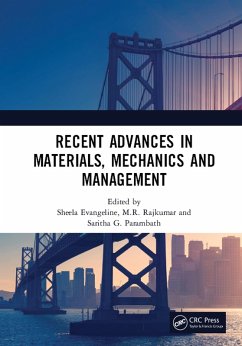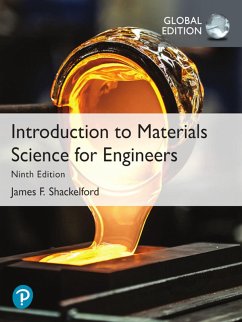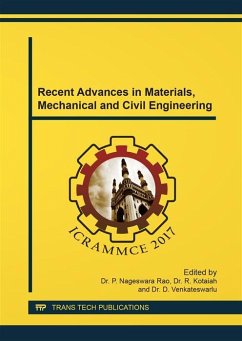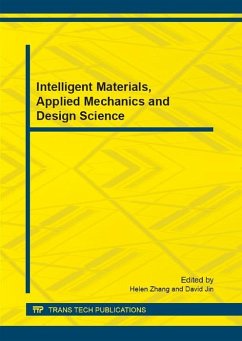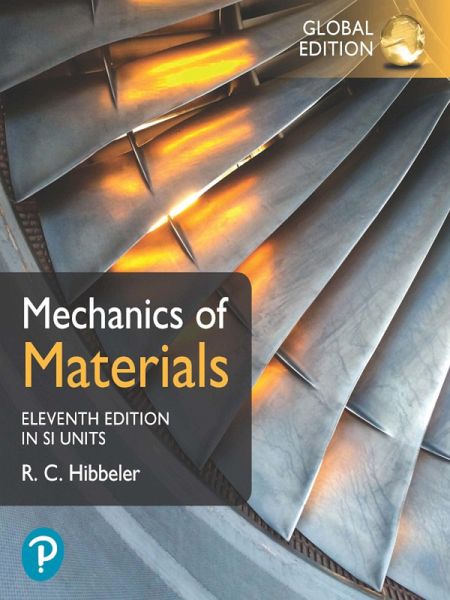
Mechanics of Materials, eBook, SI Edition (eBook, PDF)
Versandkostenfrei!
Sofort per Download lieferbar
42,95 €
inkl. MwSt.
Weitere Ausgaben:

PAYBACK Punkte
21 °P sammeln!
Mechanics of Materials excels in providing a clear and thorough presentation of the theory and application of mechanics of materials principles. Drawing upon his decades of classroom experience and his knowledge of how students learn, Professor Hibbeler provides highly visual, methodical applications to help you conceptualize and master difficult concepts. A variety of problem types stress realistic situations encountered in the field, with several levels of difficulty to give you the practice you need to excel in your courses and career.The 11th Edition in SI units features approximately 30% ...
Mechanics of Materials excels in providing a clear and thorough presentation of the theory and application of mechanics of materials principles. Drawing upon his decades of classroom experience and his knowledge of how students learn, Professor Hibbeler provides highly visual, methodical applications to help you conceptualize and master difficult concepts. A variety of problem types stress realistic situations encountered in the field, with several levels of difficulty to give you the practice you need to excel in your courses and career.
The 11th Edition in SI units features approximately 30% new problems which involve applications to many different fields of engineering.
The 11th Edition in SI units features approximately 30% new problems which involve applications to many different fields of engineering.
Dieser Download kann aus rechtlichen Gründen nur mit Rechnungsadresse in A, B, BG, CY, CZ, D, DK, EW, E, FIN, F, GR, HR, H, IRL, I, LT, L, LR, M, NL, PL, P, R, S, SLO, SK ausgeliefert werden.







